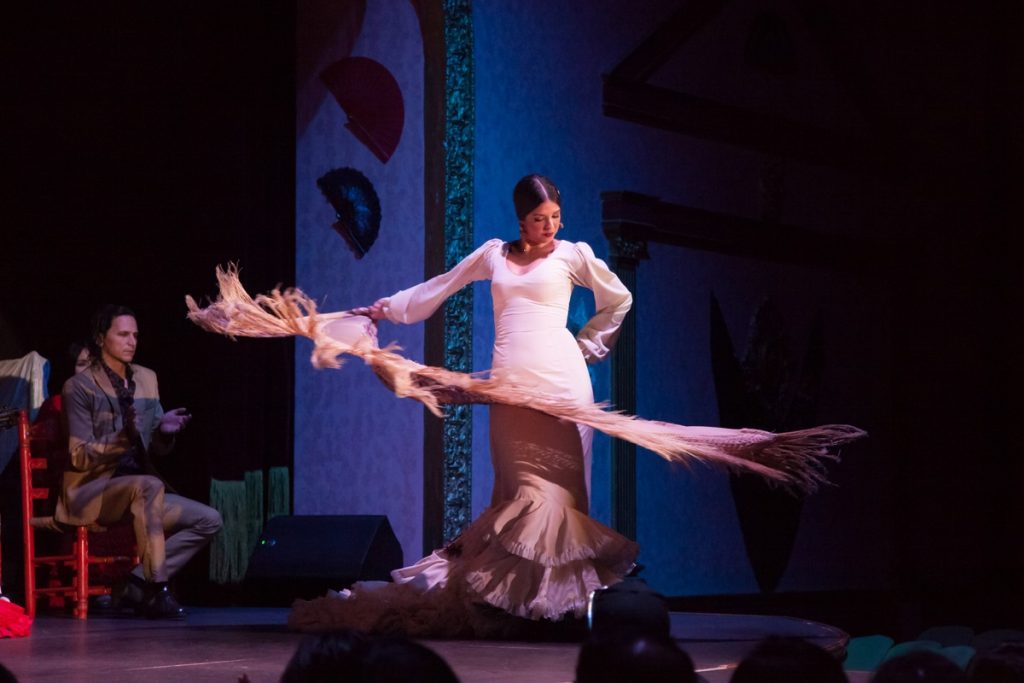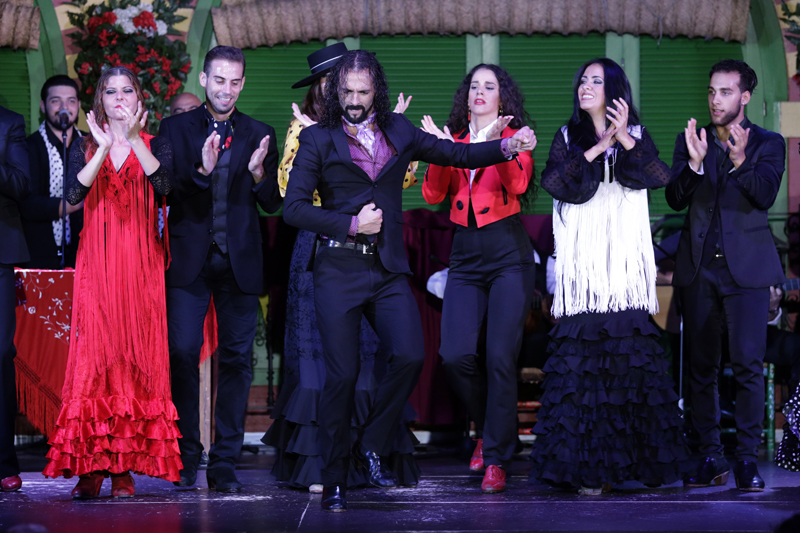
The flamenco jaleo, despite not having much relevance at present, was one of the first genres of this artistic genre, based on styles such as bulerías, soleás and many other styles derived from it.
Furthermore, jaleo is also an expression associated with flamenco. They are those gestures and exclamations that accompany dancing, singing or guitar during a show. Those ‘oles’,’ what art ‘or’ let’s go‘, which are cheered during the artists’ performances.
As a genre, the fuss arose in Jerez de la Frontera, back in the mid-nineteenth century. This style, deeply rooted in the gypsy culture, was thanks to its famous jaleos dances, the protagonist of the shows that were held in the cafés cantantes (singing cafes) of the time, old flamenco tablaos, where the artists gave off their art on stage.
Over time, these jaleos began to be named in shows as bulerías or soleás, and were forgotten as a flamenco form, later being rescued by the gypsies from Extremadura. These revived the jaleos with some rhythmic peculiarities called “chuflas” and with which it was typical to finish the dance by alegrías.
Already in 1930, the Granada poet Federico García Lorca made a compilation of different typical Andalusian songs. Among these songs we find one entitled “Anda jaleo”, a popular composition reminiscent of that festive air style, as seen in the following video.
The interpretation of this flamenco form is introduced by the guitar, accompanied by the palms that set the rhythm for its artists. The fuss is made up of 4 parts:
Tonality: with characteristic melodies.
Stanza: the jaleos are interpreted through couplets, with some connection to short soleares of 3 verses, impregnated with a fun character.
Compass: the bulería marks it but with a more docile air, close to “la jotera”.
Keys: in the jaleos, the palms are stressed in the first half, corresponding to a 3×4 or 3×8 measure depending on the speed.

As of today, flamenco jaleo is linked to jotillas or fandango and includes those expressions that artists cheer on during a performance, as we mentioned at the beginning of this article. But it is not about making use of these expressions in a random or casual way, but rather they are performed within certain rhythms to accompany the performance and not break the charm of the show.
In the dance, the flamenco uproar is characterized by a series of gestures such as the escobilla, the desplante or the llamada, moments of bustle accompanied by the applause of the artists, which gives the performance moments full of feelings that infect the public.
That invitation to the bustle, in which both singing, playing and dancing are encouraged, is highly appreciated by those attending a flamenco show, where it is also common to insert between one style and another, moments of “festive dancing”, performed a capella to the rhythm of the palms.
The interpretation of the flamenco noise, the noise that fills the room and the emotions that emerge, create a magical atmosphere in a flamenco show. To experience it, the most recommended is to attend a flamenco tablao like El Palacio Andaluz. You will feel a unique experience!
© 2024 El Palacio Andaluz. All rights reserved.